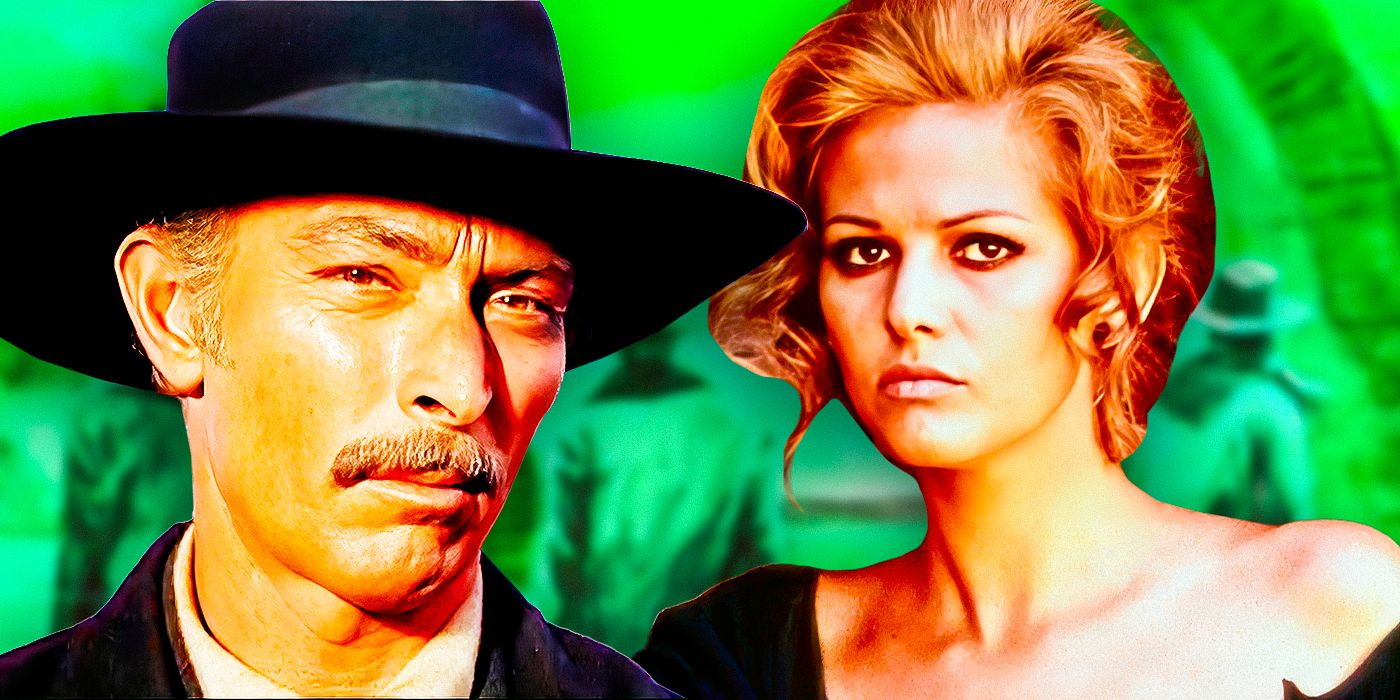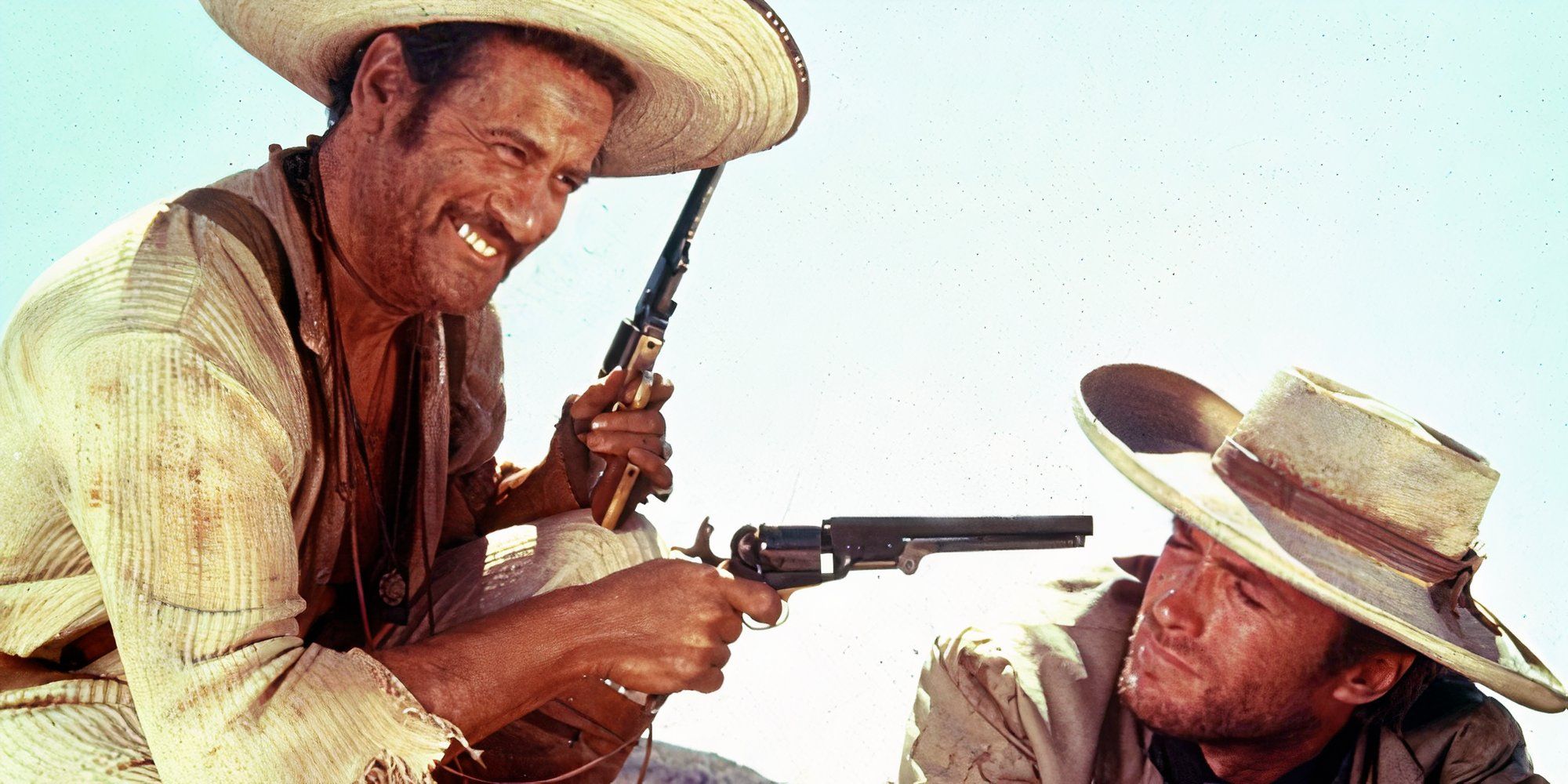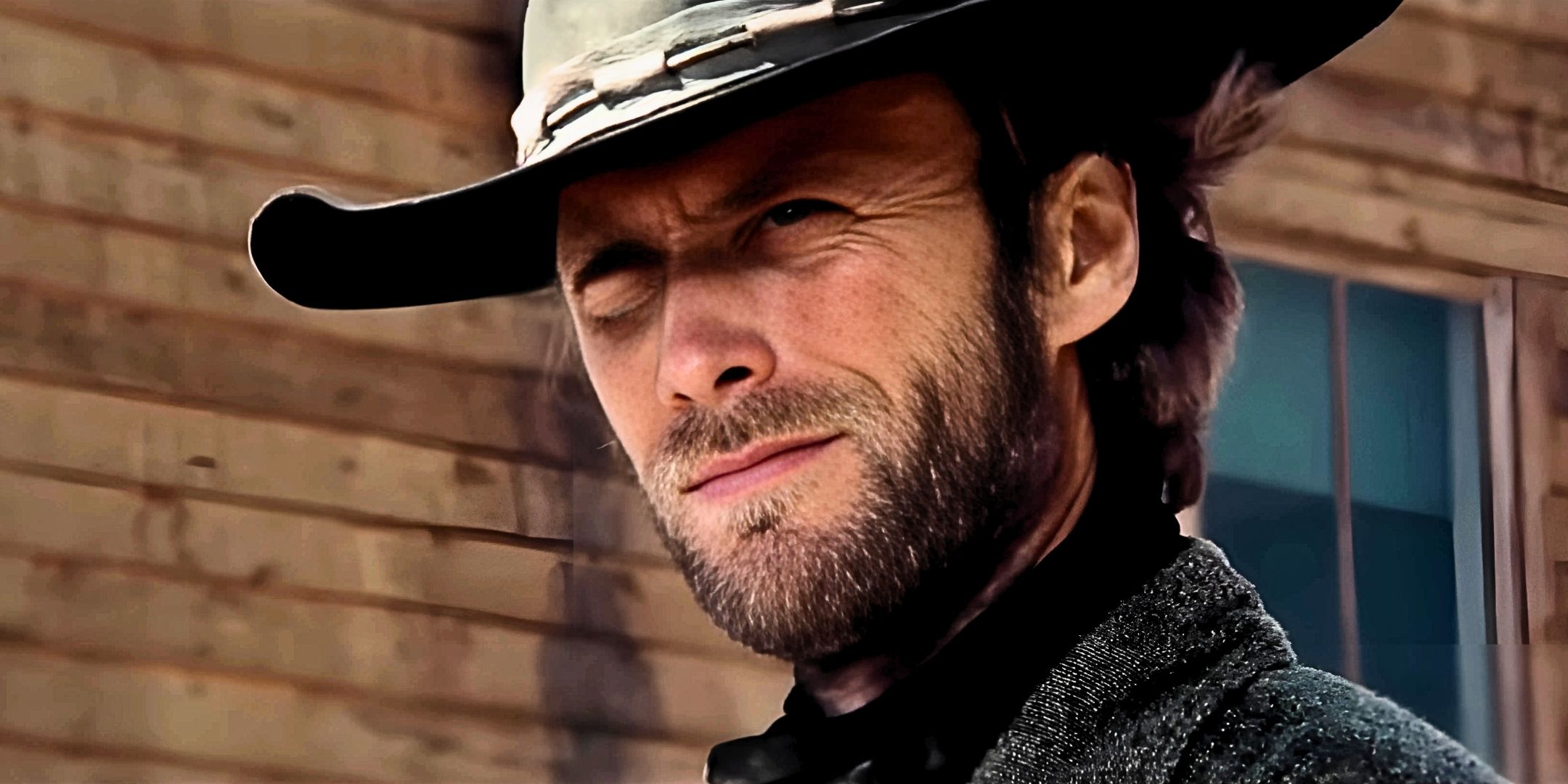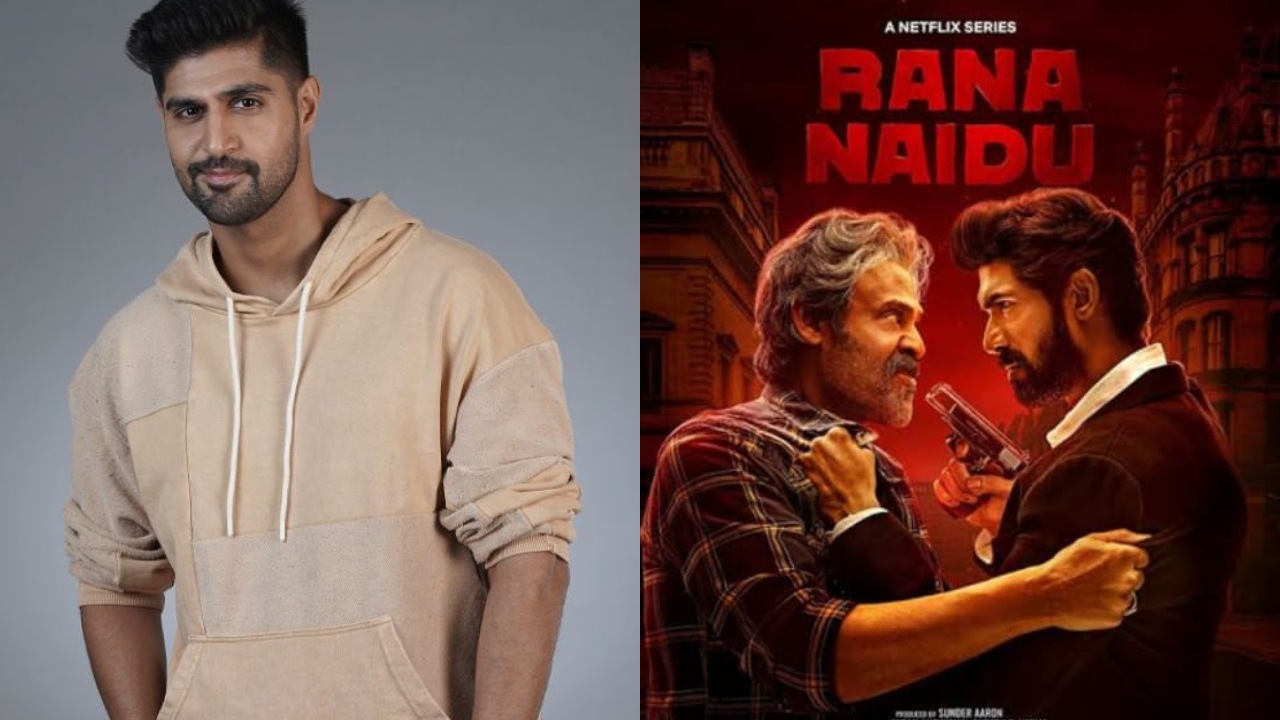's Man with No Name trilogy is considered a highlight of the western genre, and they broke an old Hollywood rule that contemporary American movies didn't. After a busy but unremarkable start in American movies for the first decade of his career, Clint Eastwood would shift his focus to Europe, where he would become a bona fide star. Working with Italian director Sergio Leone, Eastwood would help to change the western genre forever when he played the nameless anti-hero in A Fistful of Dollars in 1964. Two sequels followed that would further cement Eastwood's legend as a western icon.
Unlike contemporary American westerns, the so-called spaghetti westerns from Italy were bolder and more exaggerated. The films of Sergio Leone and others pulled the basic concepts from American movies, but added a distinctly European flare with an eye for over-the-top cinematic expression. Spaghetti westerns helped usher in a new era for the genre, and even American movies eventually followed suit. Besides being excellent movies in general, the Man with No Name trilogy broke barriers and would have a profound impact on the way western stories were told for decades to come.

Related
10 Best Characters From Sergio Leone's Spaghetti Westerns
From the Man with No Name to Once Upon a Time in the West's Frank, Sergio Leone gave us some of the western genre's greatest villains and antiheroes.
Sergio Leone put plenty of his own trademarks into the western films that he directed, but his Man with No Name trilogy also broke an unspoken rule. , despite the fact that the heroes and villains were often gunning each other down on dusty streets in broad daylight. As Clint Eastwood explained in interviews (via SlashFilm), "[T]here were rule[s] in Hollywood years ago — unspoken rules — that you never tied-up shots of a person being shot." In simpler terms, there was often a gap between the gunshot and the victim's death.
By the late 1960s, the Hays Code was all but forgotten, but established filmmakers still followed many of the rules.
A Fistful of Dollars ignored that rule and instead opted for immediate cuts between the gunshot and the person being hit. This not only sped up the film's editing and made the action scenes more exciting, but the western was also considerably more violent because it showed bullet impacts. , a censorship system established in the middle of the 1930s to curb the rise of salacious elements in Hollywood cinema. By the late 1960s, the Hays Code was all but forgotten, but established filmmakers still followed many of the rules.
The Hays Code wasn't officially retired until 1968.
Being a European filmmaker, when it came to crafting a film. Eastwood explained, "He wasn't bothered by that. Neither was I...The whole object of doing a film with a European director was to put a new shade of light on it." Fortunately for the director/actor duo, , and successfully accomplished the goal of revitalizing the sagging genre. Plenty of American filmmakers had put their stamp on westerns, but Leone gave it new life.
The Man with No Name trilogy includes:
| Movie | Release Year | Rotten Tomatoes Score |
|---|---|---|
| A Fistful of Dollars | 1964 | 98% |
| For a Few Dollars More | 1965 | 92% |
| The Good, the Bad and the Ugly | 1966 | 97% |

because of their quicker pace and focus on realistic violence. They kept all the best elements of earlier westerns, such as the beautiful scenery and sweeping scores, but added a more active camera and exaggerated characters. Though the violence is quite tame by today's standards,. Not only did it make them feel more modern, but it allowed westerns to use violence to actually say something.
Westerns weren't without messaging before Leone came around, but films like High Noon were few and far between in American cinema. The aforementioned puritanical mood in American movies often protected the western genre from the encroachment of New Hollywood ideas. Since westerns represented the idealized version of the country's history, they were sometimes considered off-limits. However, Leone's trilogy blew the lid off of the anti-western trend, and opened the door for a more critical look at the taming of the American West. that eschewed propaganda.
is often regarded as one of the best western stars of all time, and it was his forward-thinking attitude towards western cinema that should be considered his greatest legacy. Unlike earlier stars who bought into the Hollywood version of the western, Eastwood was willing to think outside the box. Sergio Leone's Man with No Name trilogy isn't just an excellent trio of films, but an example of how a fresh perspective can make an old idea feel new again.

- May 31, 1930
- San Francisco, California, USA
- Gran Torino, Million Dollar Baby, The Good
- Actor, Director, Producer, Composer
- Height
- 6 feet 4 inches












